111
| Gerð | Útgáfuár | Síður | Verð | Magn | |
|---|---|---|---|---|---|
| Innbundin | 2018 | 4.290 kr. |
| Gerð | Útgáfuár | Síður | Verð | Magn | |
|---|---|---|---|---|---|
| Innbundin | 2018 | 4.290 kr. |
Um bókina
Efra-Breiðholt stendur hátt og rís eins og virki í borgarlandinu. Hverfið á sér félagslega og byggingarsögulega fortíð því það var eitt af fyrstu úthverfum borgarinnar, skipulagt og byggt í þeim tilgangi að leysa húsnæðisvanda láglaunafólks á árunum 1965–1980. Jafnvel þótt síðustu frumbýlingarnir geymi í huga sér stolt fyrstu uppbyggingaráranna, þá hefur póstnúmerið 111 hins vegar orðið í tímans rás tákn um félagslegan aðskilnað hverfisins frá miðju atvinnulífsins og menningarlegri þróun þess.
Í ljósmyndum Spessa sjáum við ólíka heima sem mætast og afhjúpa myndirnar þann erfiða dans sem ljósmyndari þarf að stíga til að nálgast viðfangsefni sitt og skapa nánd. Við finnum fyrir sársauka, tungumálaerfiðleikum, og tortryggni þeirra sem koma langt að og eiga erfitt með að hleypa ljósmyndaranum inn í líf sitt í eiginlegri og óeiginlegri merkingu. Í öðrum myndum birtist einsemdin: talaðu við mig, horfðu á mig, hjálpaðu mér – á meðan aðrir birtast stoltir, konungar og drottningar í ríki sínu smáu eða stóru. Þannig birtast einstaklingarnir í myndum Spessa í samhengi sem kalla mætti birtingarform sannleikans í þöglu samtali við áhorfanda sem skilur að hér er ekki boðið upp á rými fyrir túlkun heldur blákalt stefnumót við raunveruleikann.
Æsa Sigurjónsdóttir og Mika Hannula rita eftirmála.
//
Upper Breiðholt, postcode 111 Reykjavík, stands high and rises like a fortress in the cityscape. The neighbourhood has a significant social and architectural history, since it was one of the city’s first suburbs, which was planned and built with the aim of solving the housing problems of low wage earners in the years between 1965-1980. Even though the last of the original residents proudly cherish the memory of the early years of its development, the 111 postal code has, over the decades, become a symbol of the neighbourhood’s social segregation from the core of the business community and its cultural development.
Spessi’s photographs reveal a meeting of different worlds and the effort of the photographer to bridge the gap between him and his material and create intimacy. We feel the pain, language difficulties and the suspicion of those who have come from afar and find it difficult to allow a photographer into their world in both a literal and figurative sense. Some pictures reveal solitude: talk to me, look at me, help me – while others display pride, kings and queens in their kingdoms, big or small. Thus the individuals in Spessi’s photographs appear in a context that might be called a manifestation of truth in a silent dialogue with the viewer who understands that no room for interpretation is being offered here, but rather a stark encounter with reality.
Epilogues by Æsa Sigurjónsdóttir and Mika Hannula.


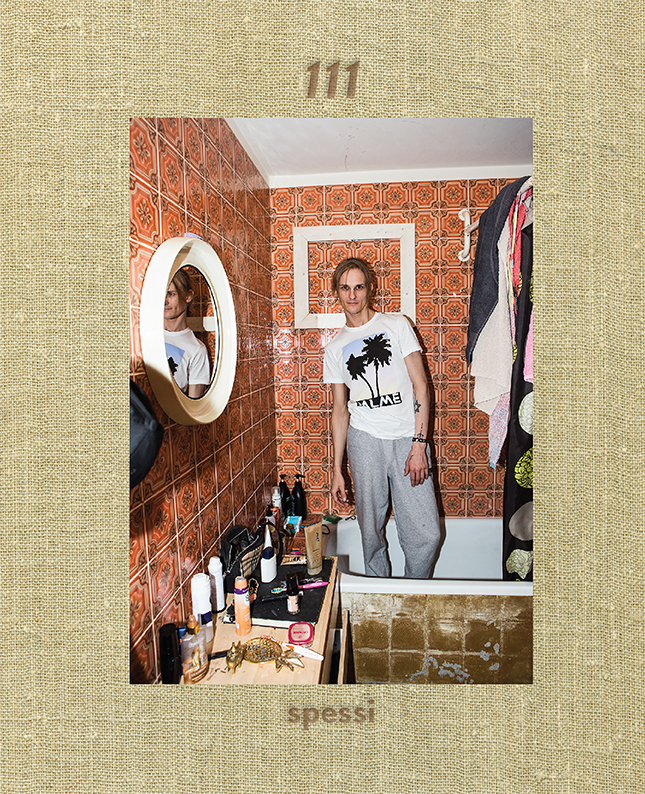
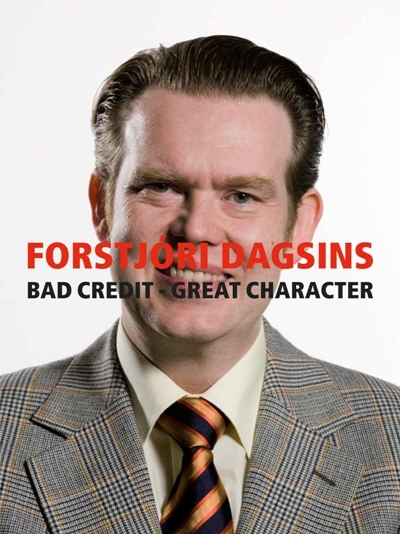
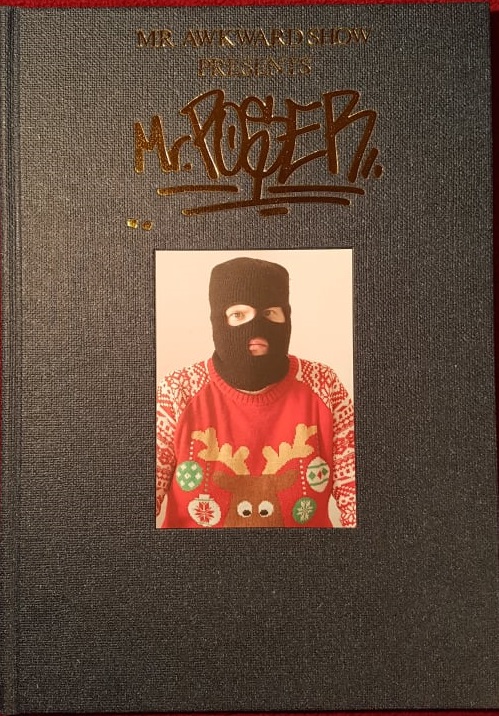
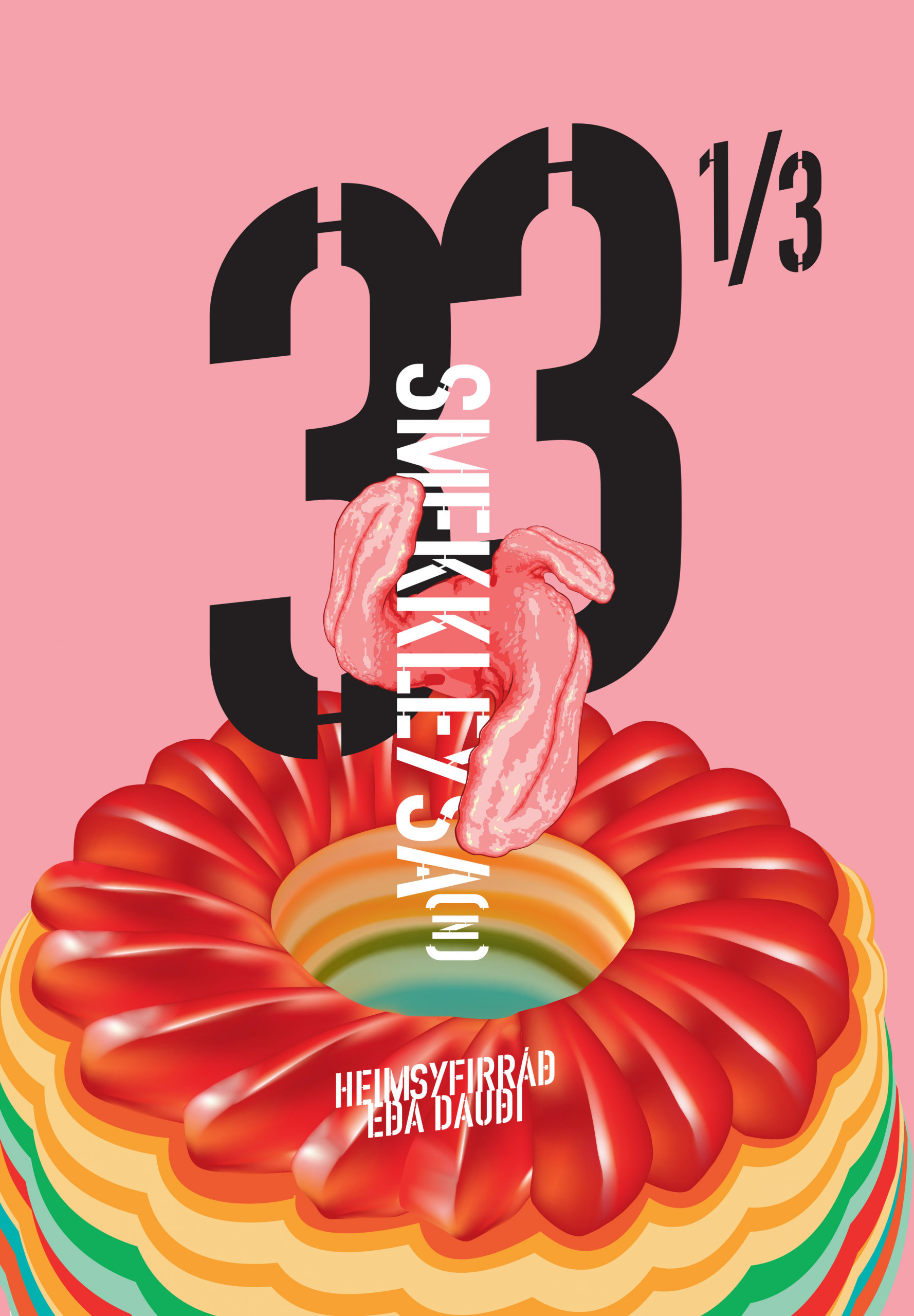
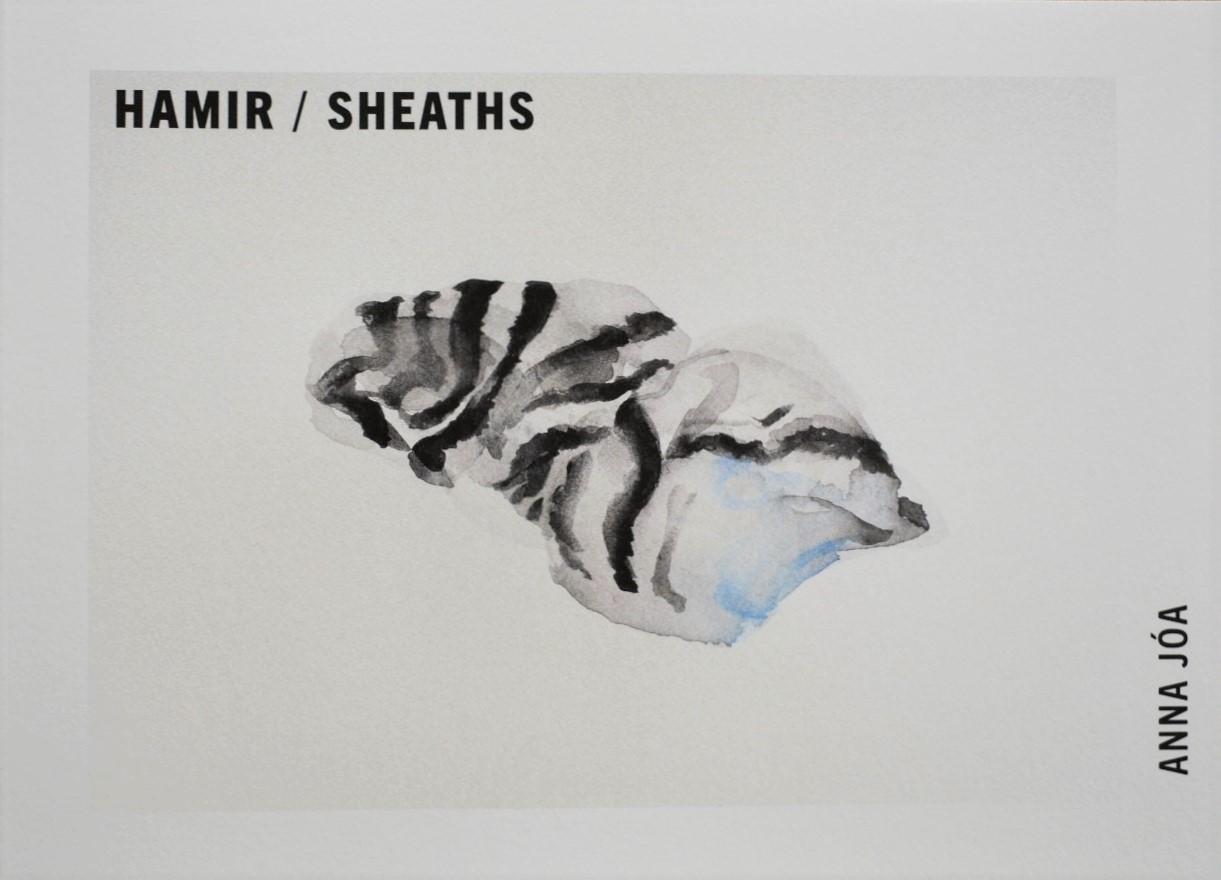
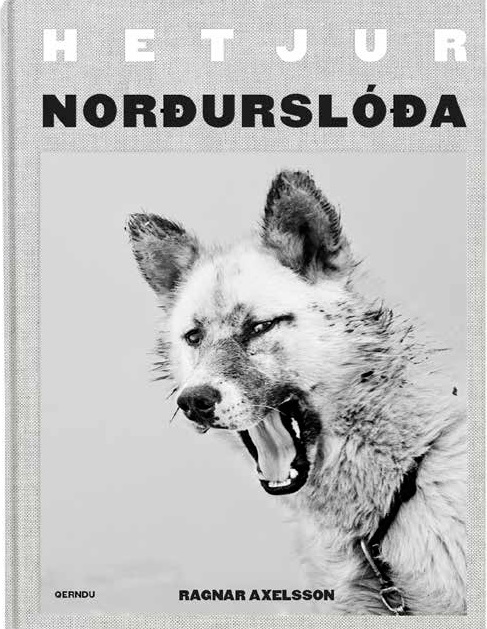
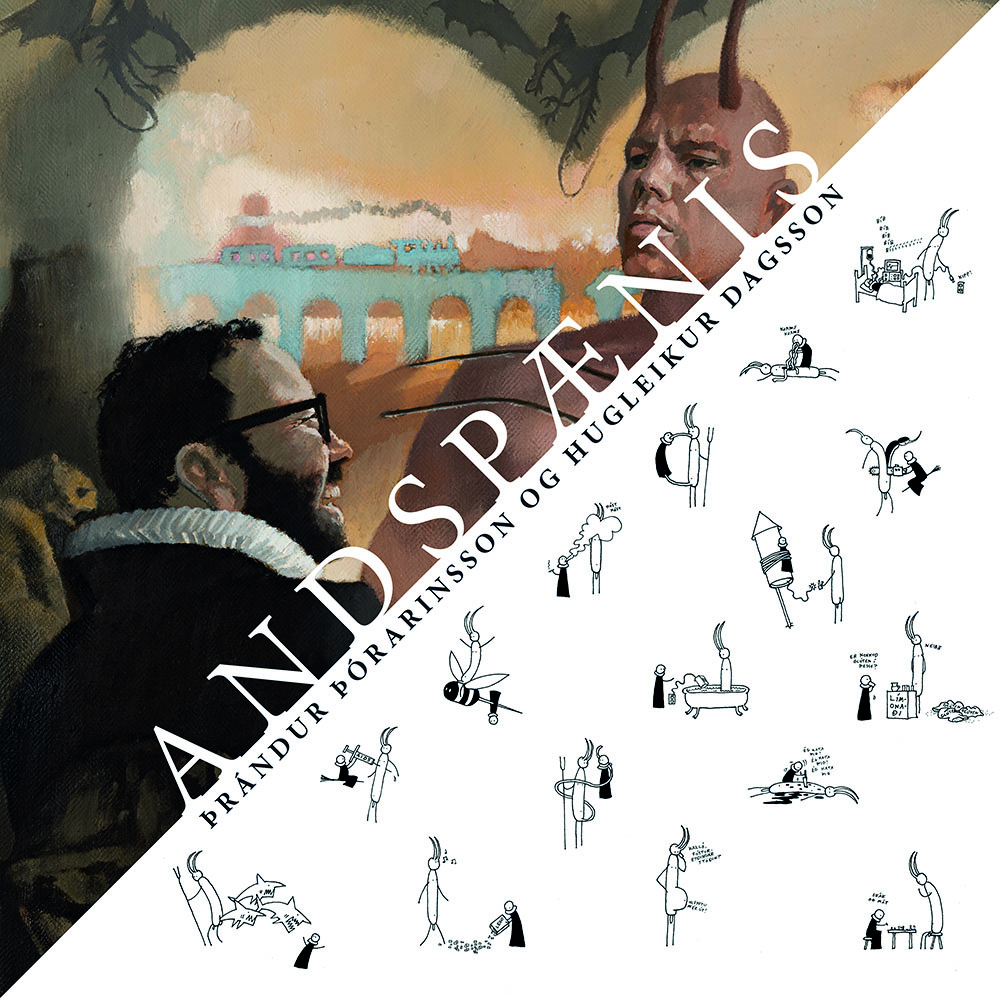


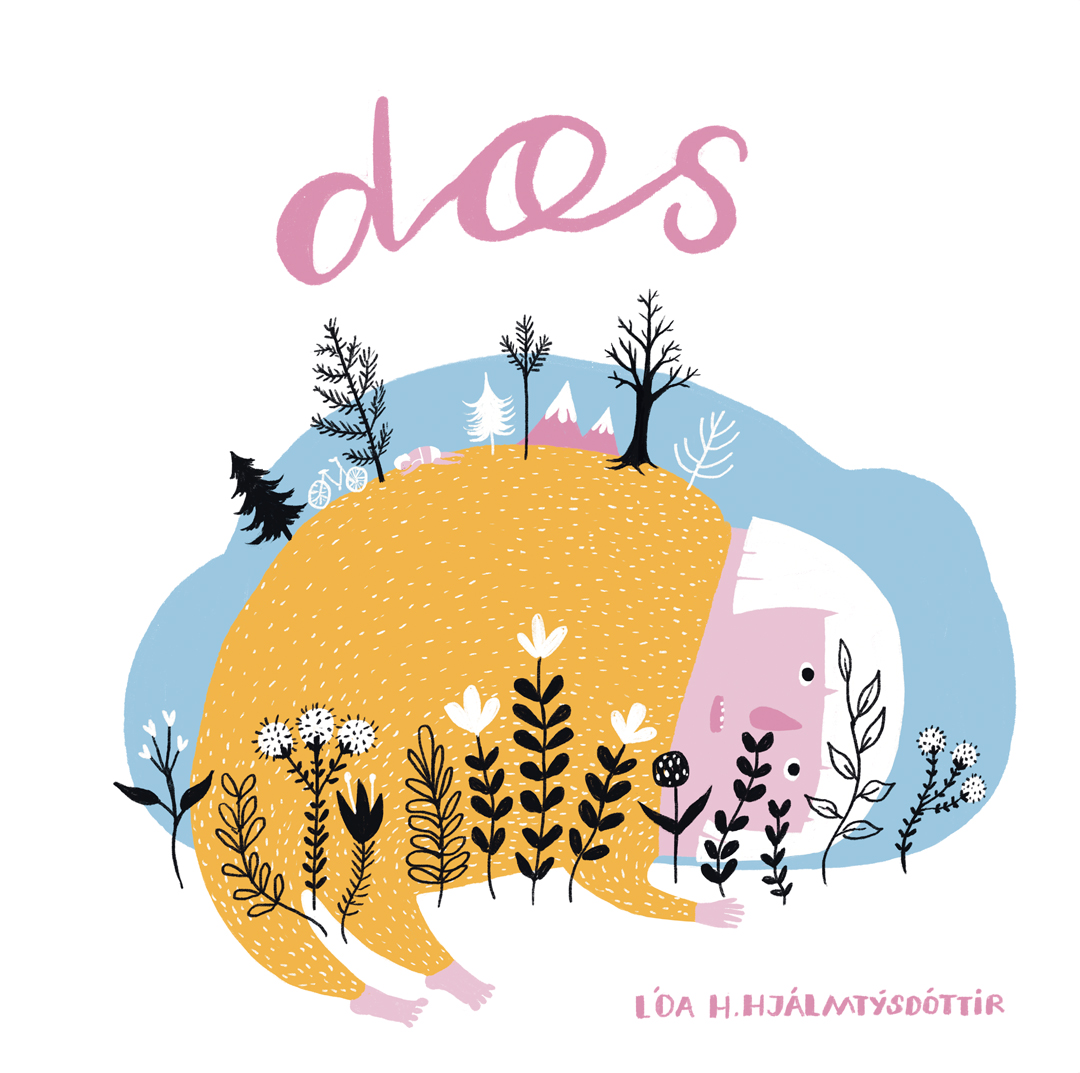
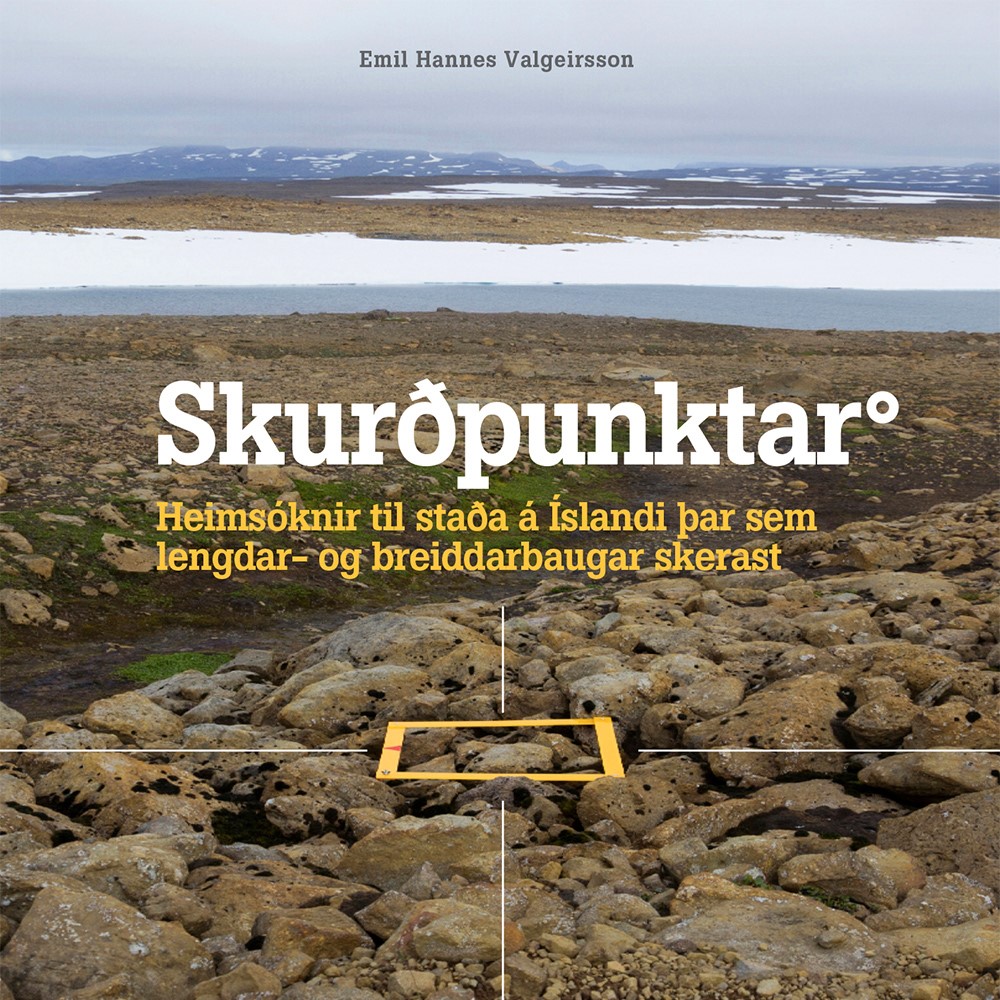
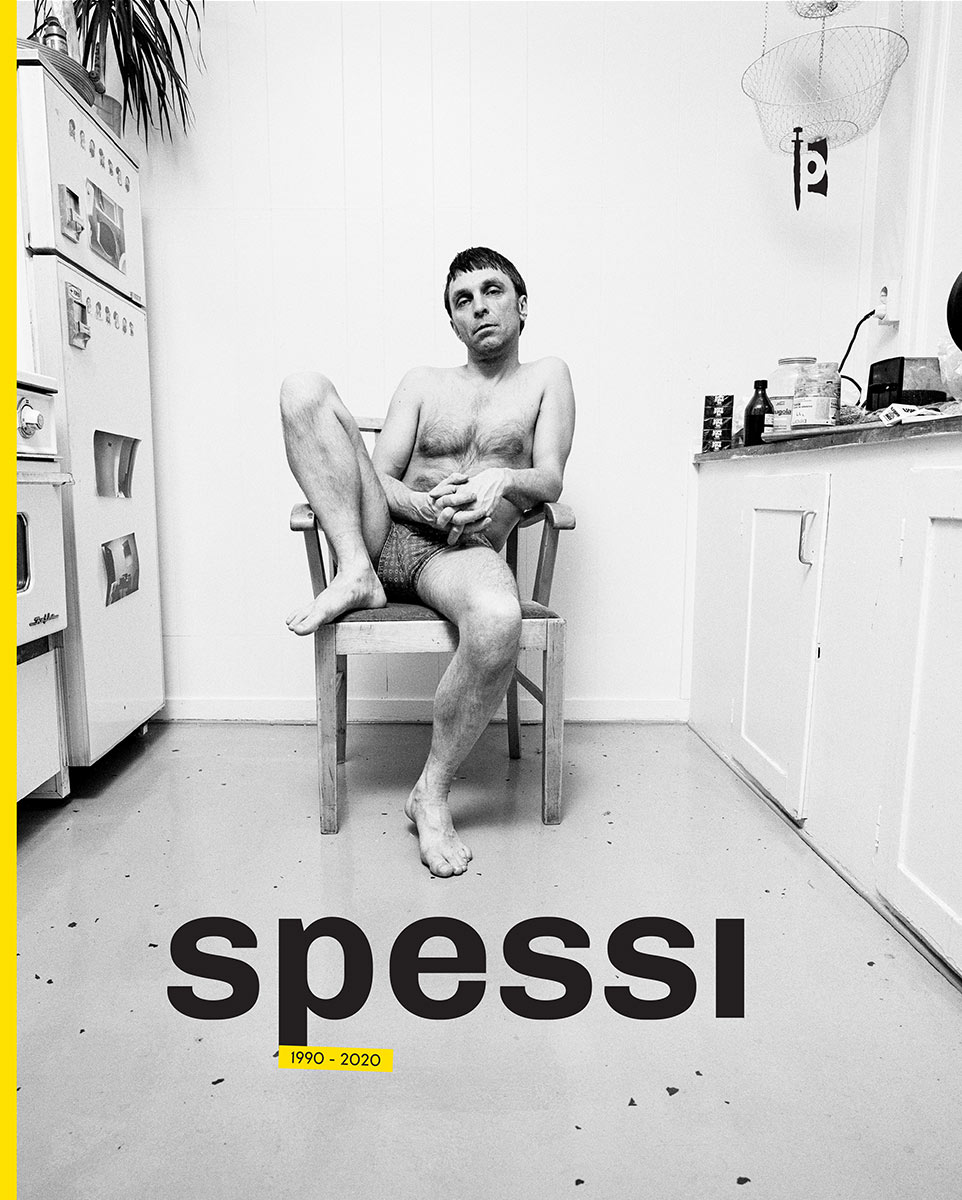
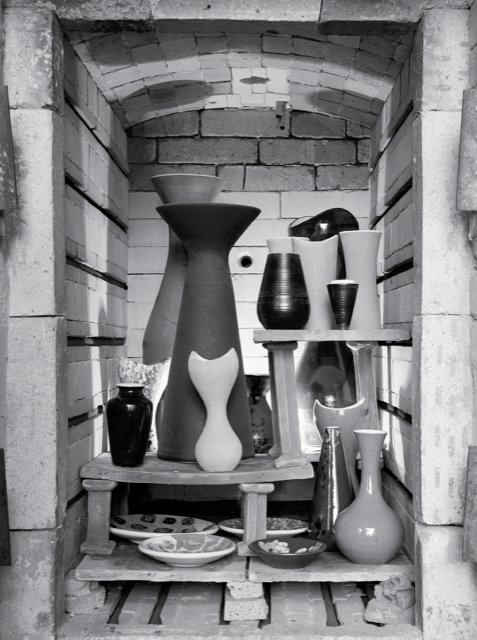
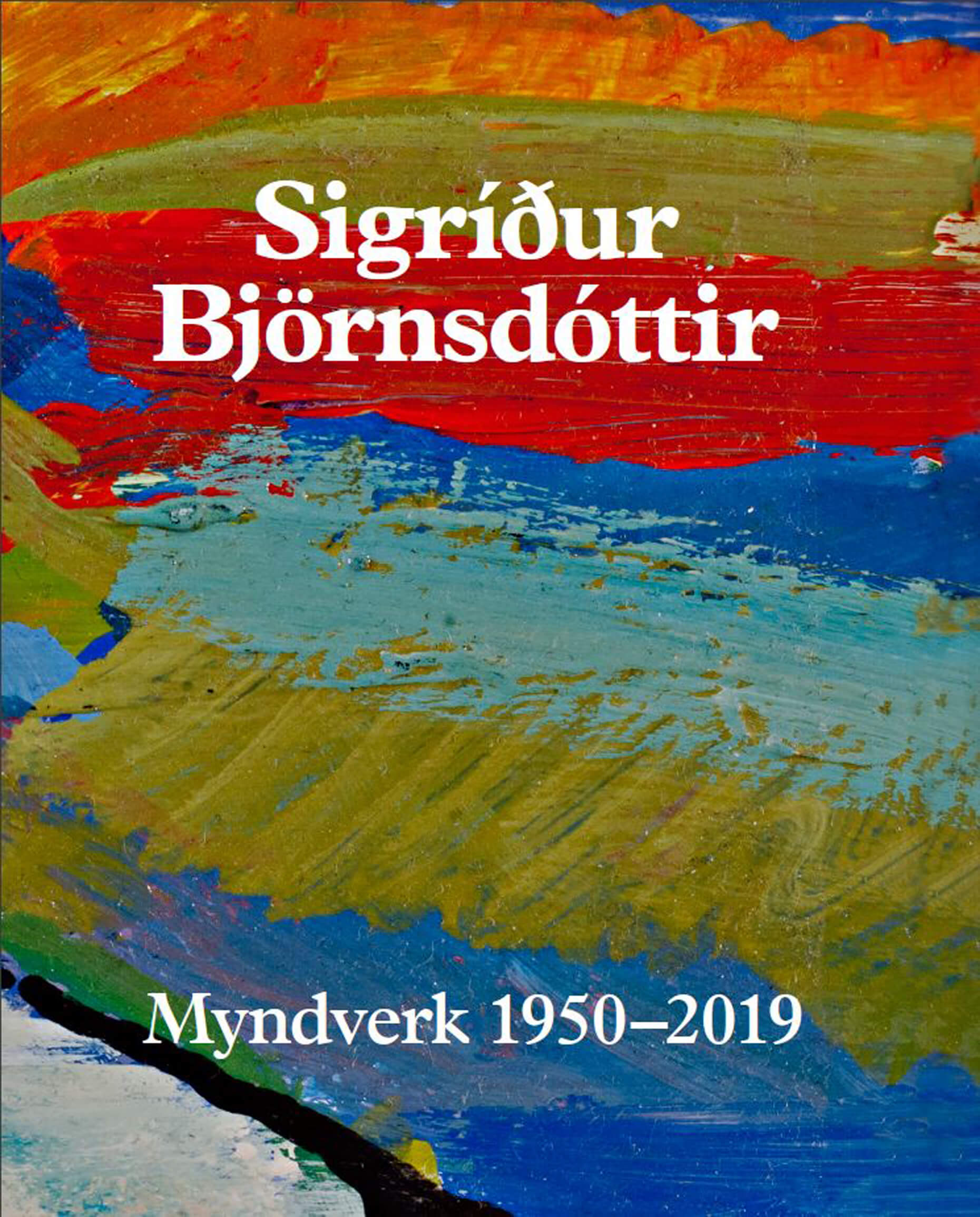
3 umsagnir um 111
Eldar –
„Gríðarlega áhrifamiklar, flottar og fallegar myndir“
Ragnar Hansson / RÚV, Rás 1
Eldar –
„Mjög falleg bók, glæsileg bókakápa og innihald hennar líka. Greinilega mikið í þetta lagt (…) viðfangsefnið er hlið á Reykjavík sem venjulegt fólk sér ekki mikið af.“
Frosti Logason / X-ið 97.7
Eldar –
„His portraits evoke a lot of emotion and different reactions from those who view them. It is clear that the point of the images isn’t to create a feeling of melancholy or sadness. Some of the faces look lonely, or scared—but they still want to be seen. This isn’t made out of pity, but rather, out of pride. It is ultimately a story of survival in the challenging realities of the everyday.“
Juliana Iluminata Wilczynski / The Reykjavik Grapevine